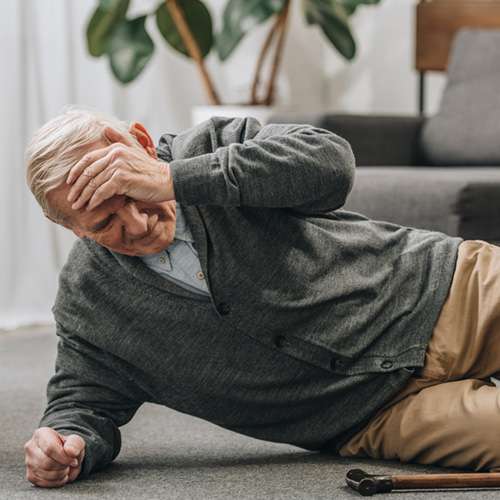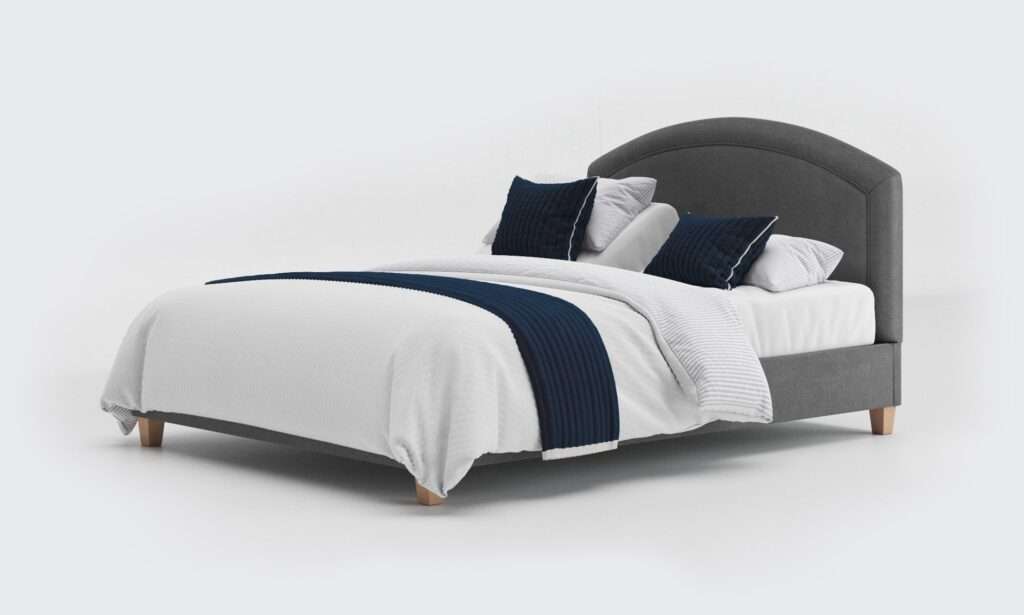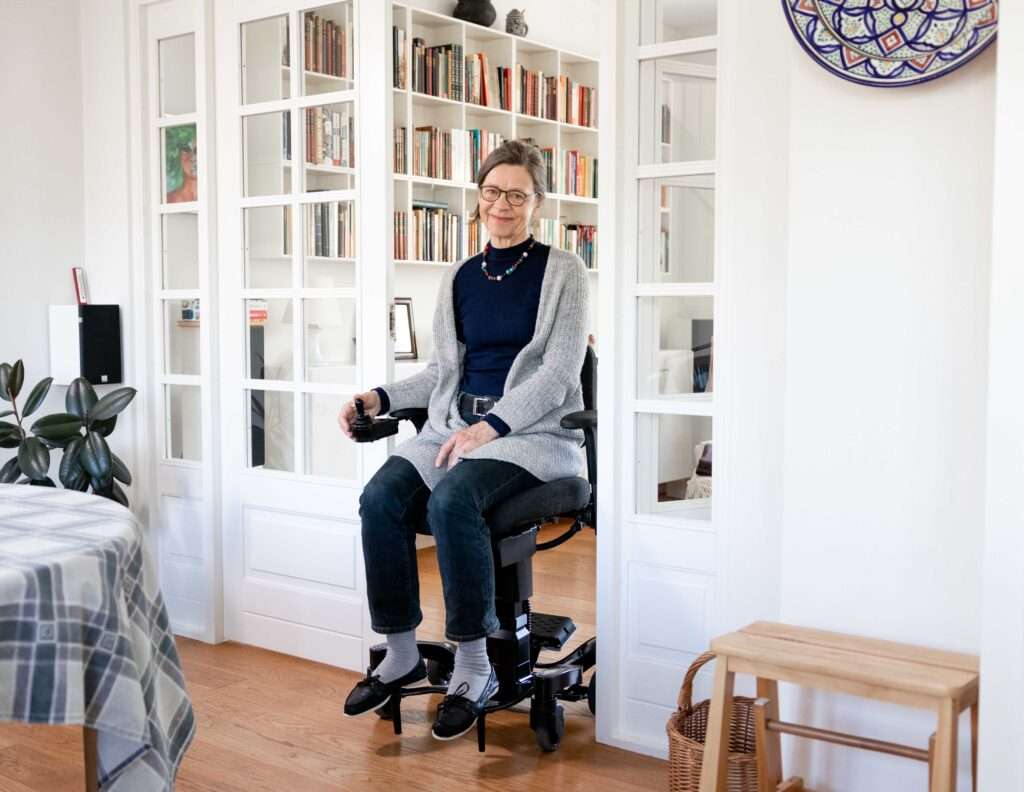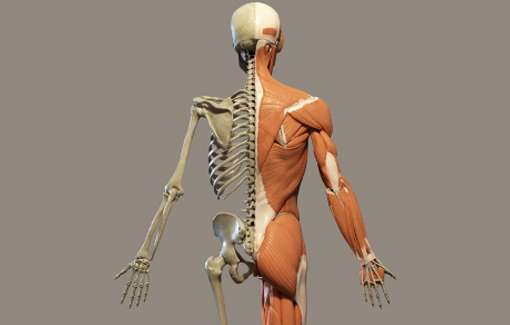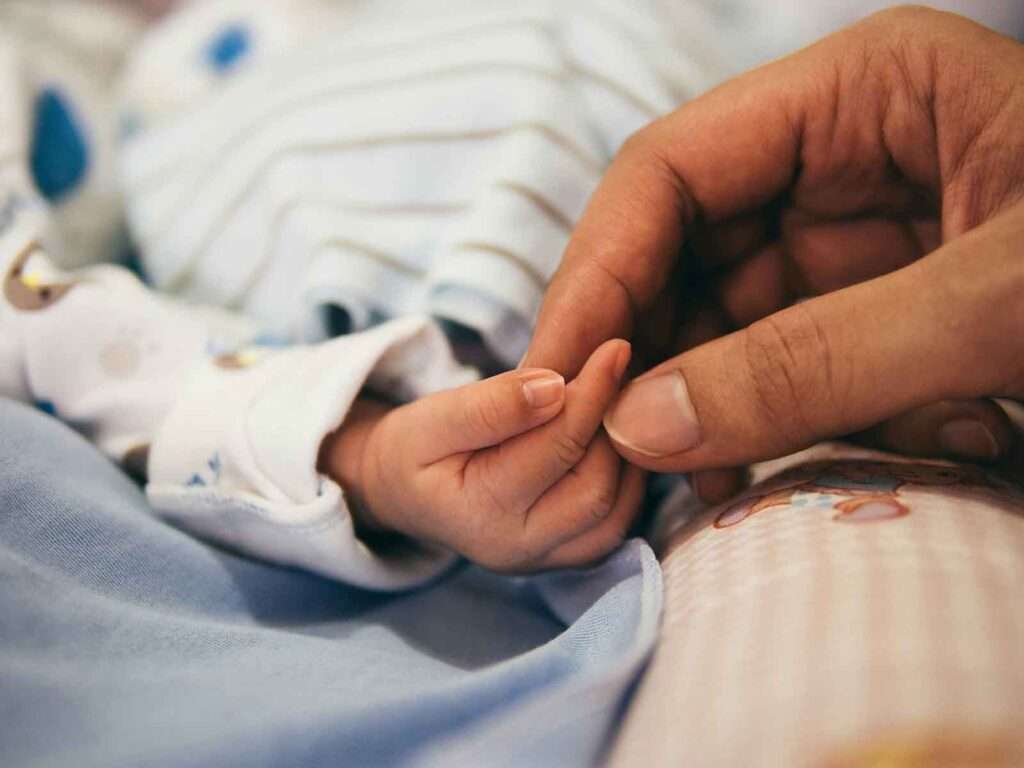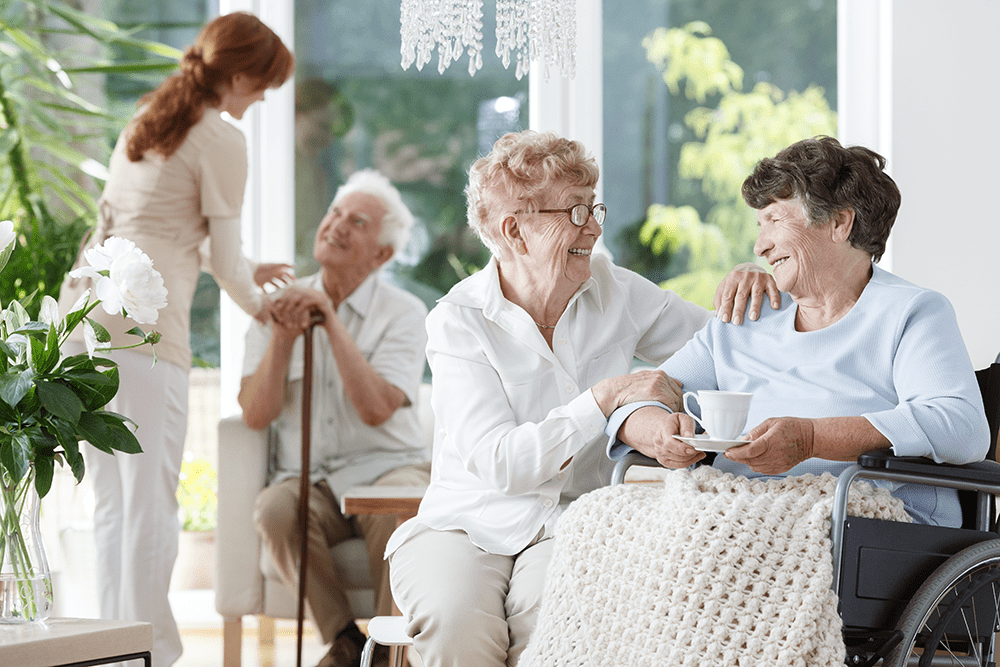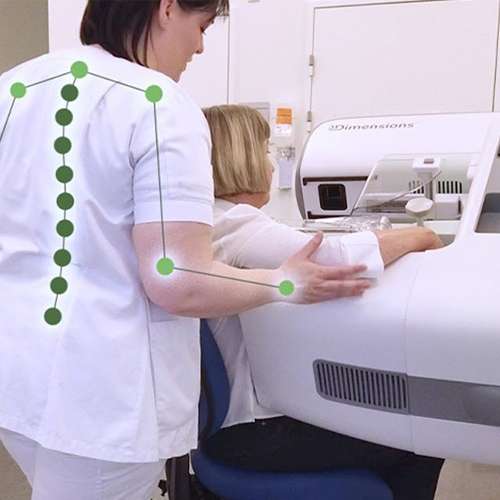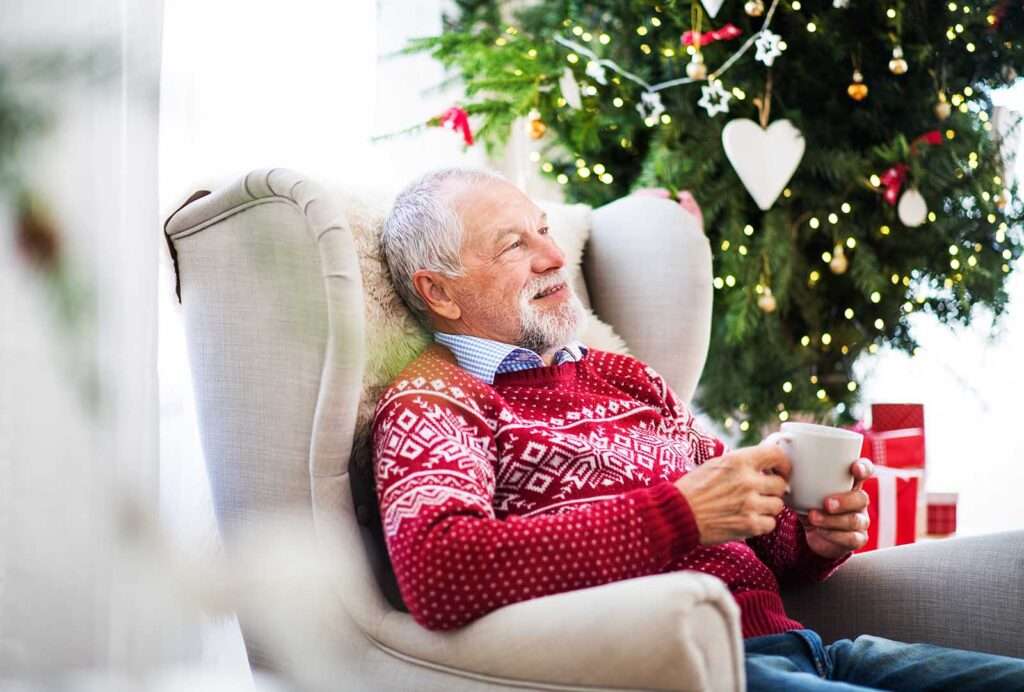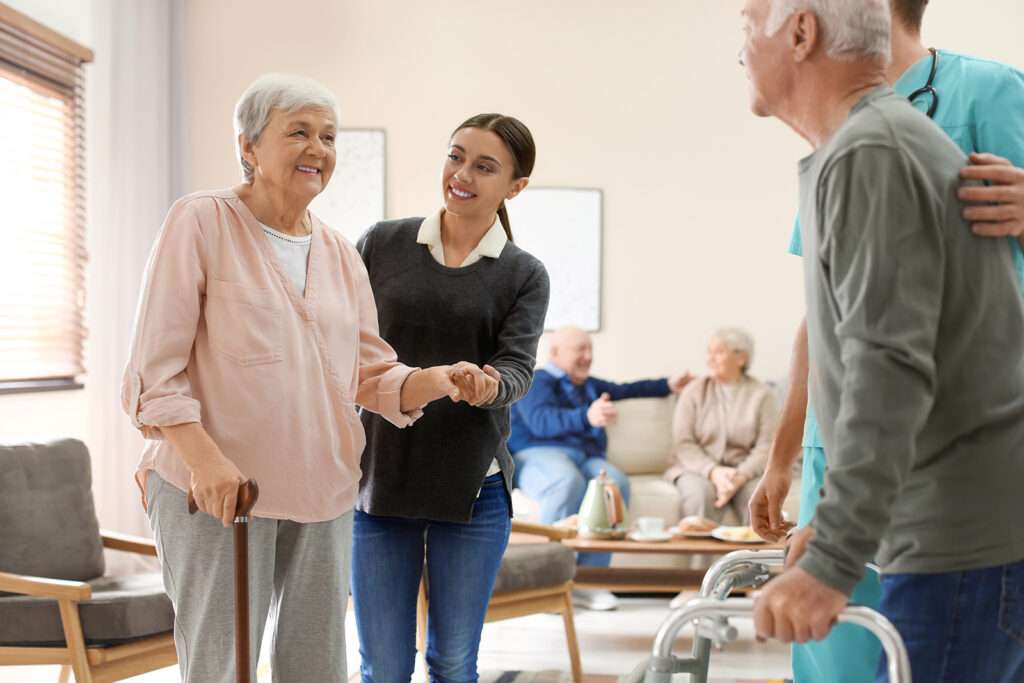As the winter draws in, the impact of falls becomes a real concern for the elderly and more vulnerable.
The NHS have outlined their commitment in their Long Term Plan to alleviating winter pressures, by assisting ambulance services and boosting care provision in the community.
Jump straight to...
A Winter of Discontent
Last winter, the ambulance strikes had a significant impact on assisting fallers. Only category 1 and 2 incidences were responded to due to the capacity shortages, which ruled out category 3 fallers.
As outlined in previous articles, delays in mobilising a fallen person can have critical consequences for them. It is imperative for first responders to react quickly to a fall even if there is no apparent emergency, to avoid a ‘long lie’ and the detrimental impact this can have on the faller’s long-term health.
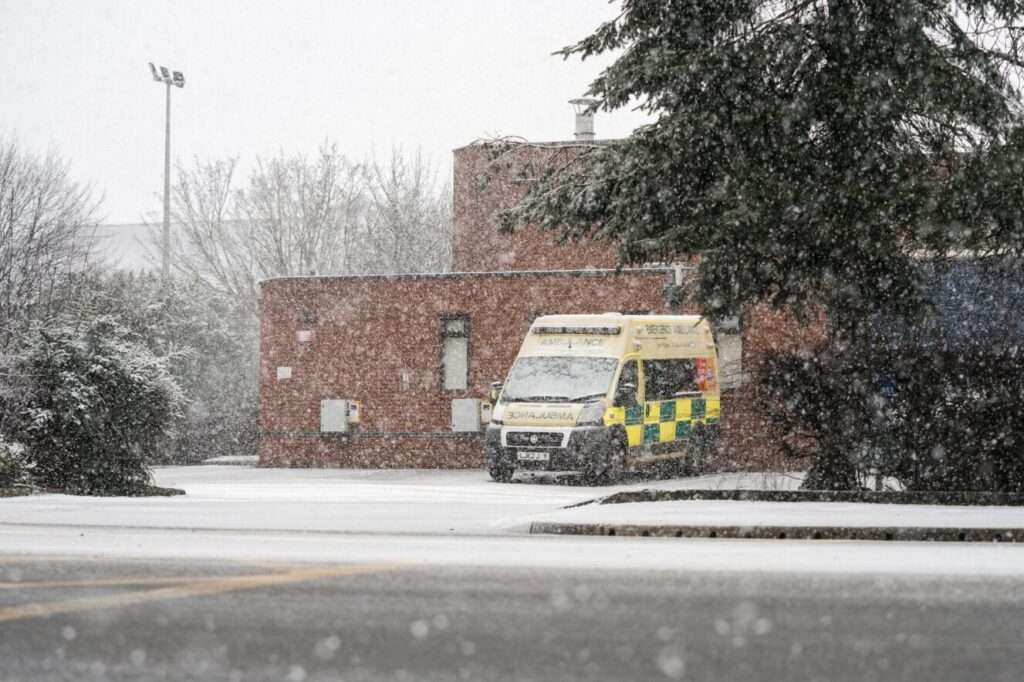
Preparing for Winter 2023/24
At the time of writing, the strikes announced for this winter don’t include ambulance workers. However, the ambulance service is still under considerable pressure from emergency treatment backlogs and delays in A&E.
One of the main aims of the UEC Recovery Plan is to reduce the turnaround time of emergency admissions to under 4 hours. This will help alleviate the bottleneck in A&E that is currently putting pressure on ambulance services.
Ambulance response times have already seen an improvement in recent months, with category 2 calls being 10 minutes faster than a year ago, despite the number of calls being higher.
Local communities can prepare for winter pressures by equipping themselves with the resources they need. First responders and community care groups will be looking closely at falls solutions they can use such as the Raizer and HipGuard.
First Call providers can provide a pendant alarm to residents to alert them in someone falls in their home and needs assistance. Local community centres can club together to buy lifting devices like the Raizer, to be a shared resource for that local area.
All of these measures help take the pressure off ambulance services in anticipation of high seasonal demand.
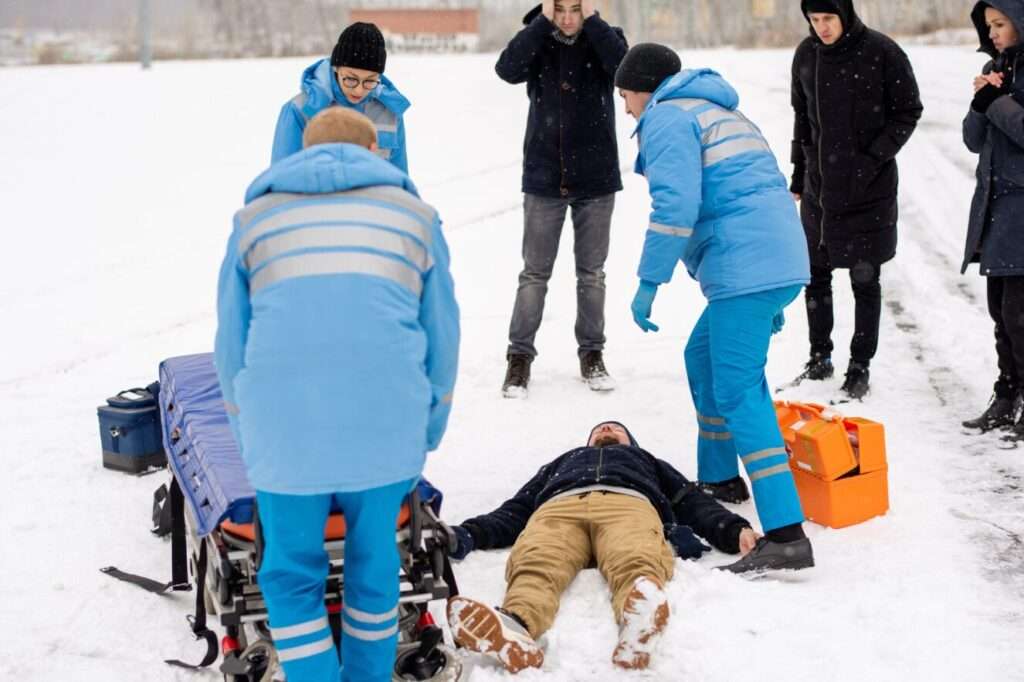
Ways to Protect Fallers This Winter
Removing No-Lift Policies
No-lift policies are generally counter-productive, and place the faller at far greater risk if they are uninjured. They exist in care homes to prevent staff trying to get a fallen person to their feet and causing them more harm in the process, either because the patient is injured or they are not using the correct moving and handling techniques.
In practice, carrying out a risk assessment when attending to a fallen person, and using effective single-user lifting equipment like the Raizer, removes the need for prohibitive no-lift policies.
Carrying out Risk Assessments
Risk assessments should be carried out by care staff when attending to a fallen person, to assess their condition and minimise the risk of causing any further injury.

Using Quality Falls Equipment
The Raizer is the ideal lifting solution for care homes and domiciliary care environments, as it is single-user operated, doesn’t required formal training, provides a quick, secure lift, and is easily transported from one location to another. This relieves pressure on ambulance services having to respond to category 3 calls, as care homes are equipped themselves and better able to discharge their duty of care to their residents.
In fact, trusts like the Yorkshire Ambulance Service have even donated some of their Raizers to local care homes, so they could help residents themselves rather then having to wait a long time for an ambulance to arrive during busy periods.
This type of collaboration has been seen in other areas, like Hull’s FIRST (Falls Intervention Response Safety Team), a team of dedicated falls responders working with the local emergency services, who respond to fallers when the call has been triaged through to them, getting help to them quickly and taking pressure off Hull’s stretched ambulance service.
Initiatives like these show how health and social care organisations can work together for the benefit of all involved, and improve service levels for patients at the point of need.
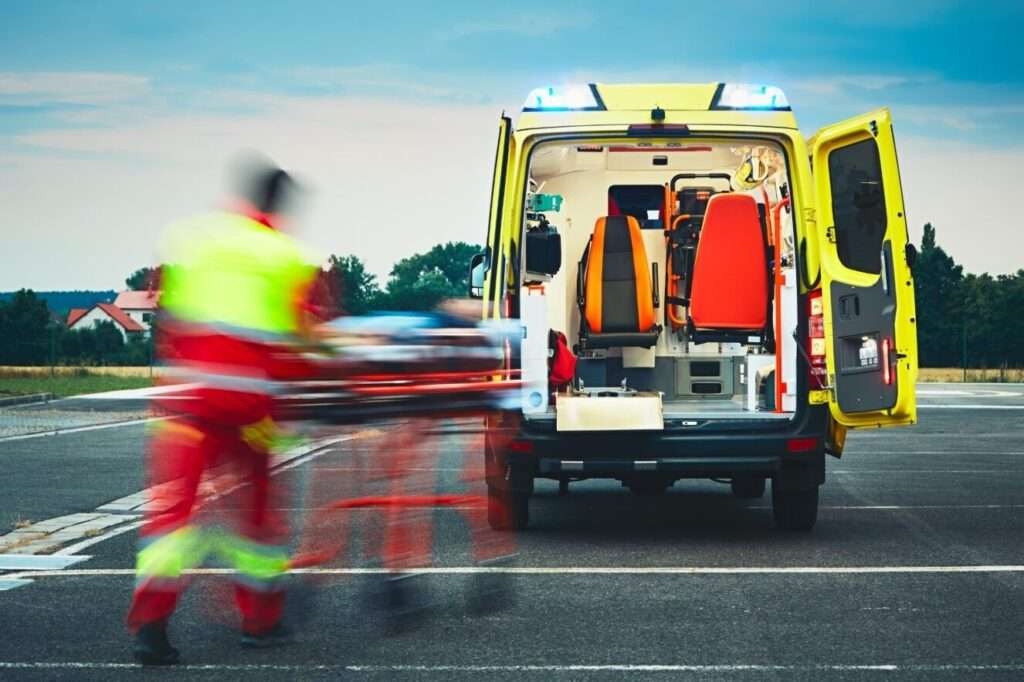
Looking Forward
With the current trend in falls response times, we can reasonably expect for them to continue dropping. This will greatly improve health outcomes for fallers and help those that are frail and vulnerable this winter.
Speak to our team today





